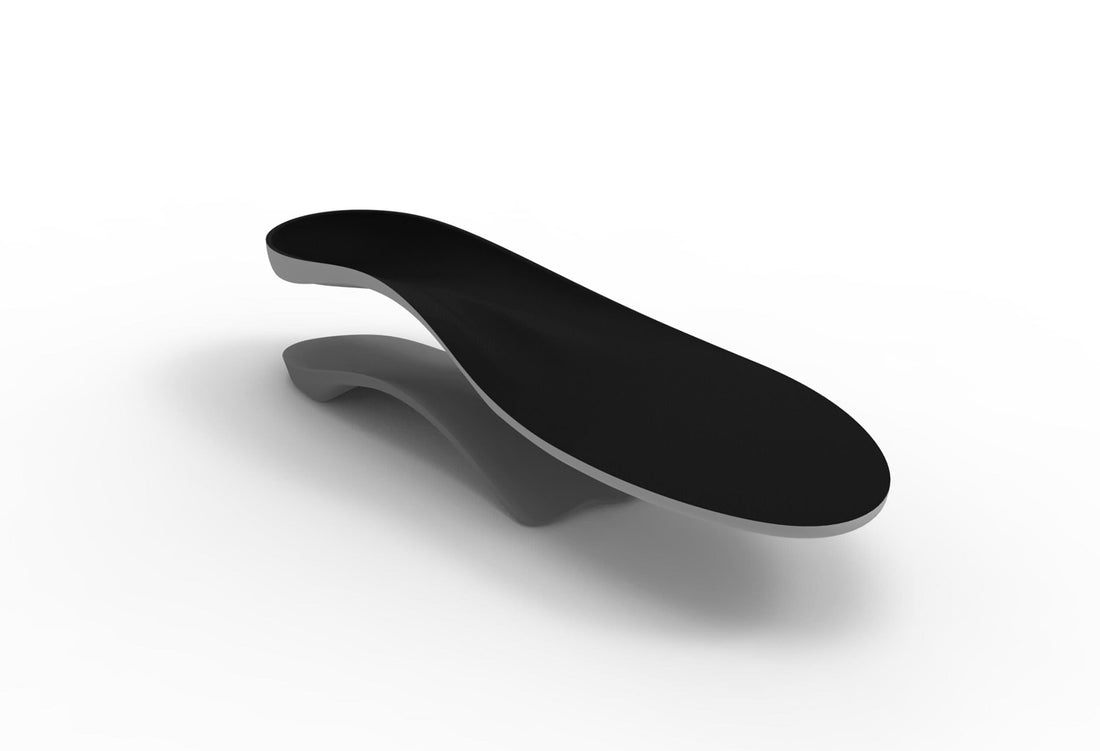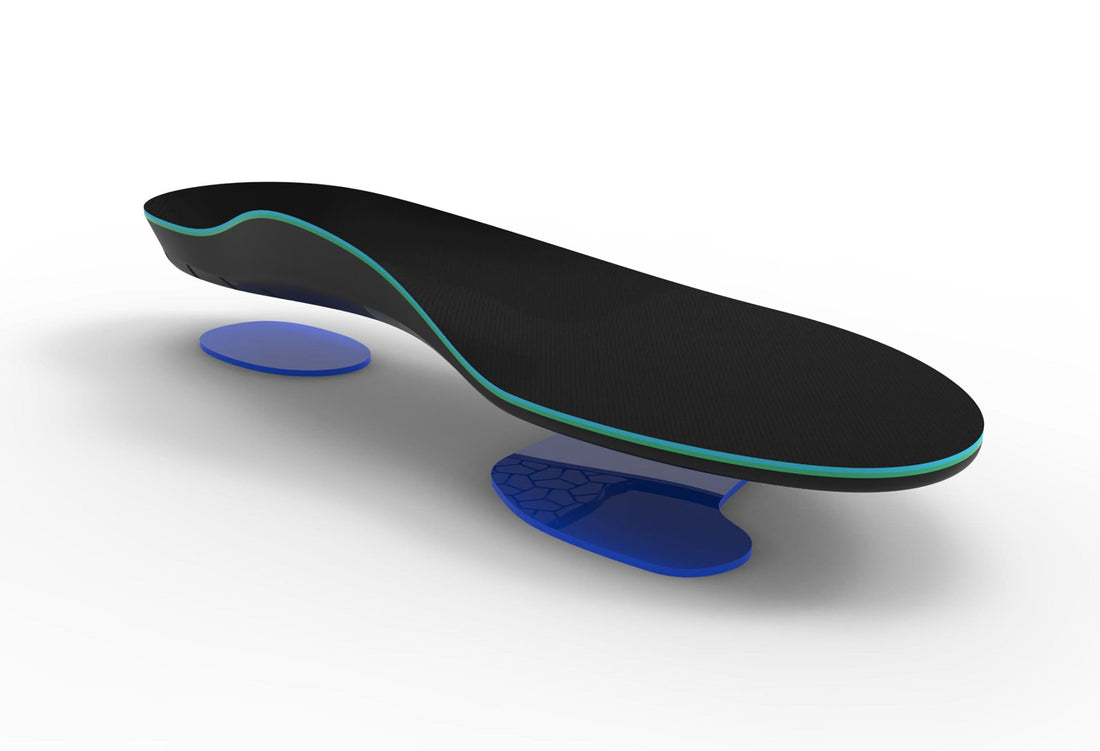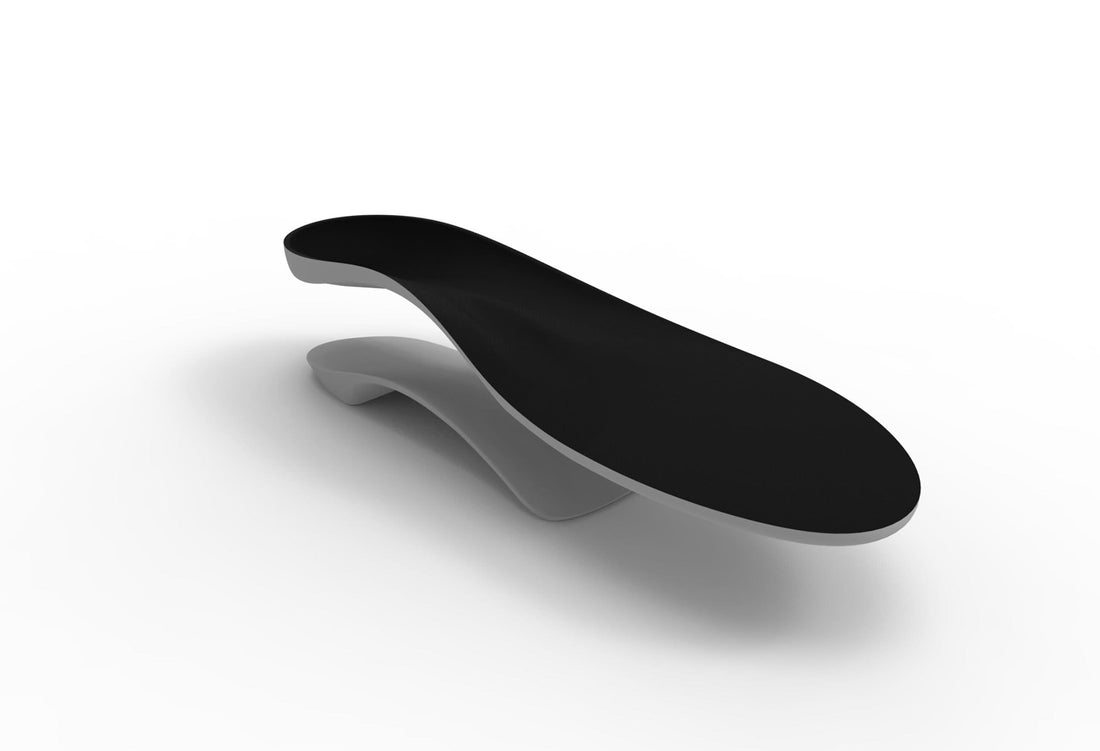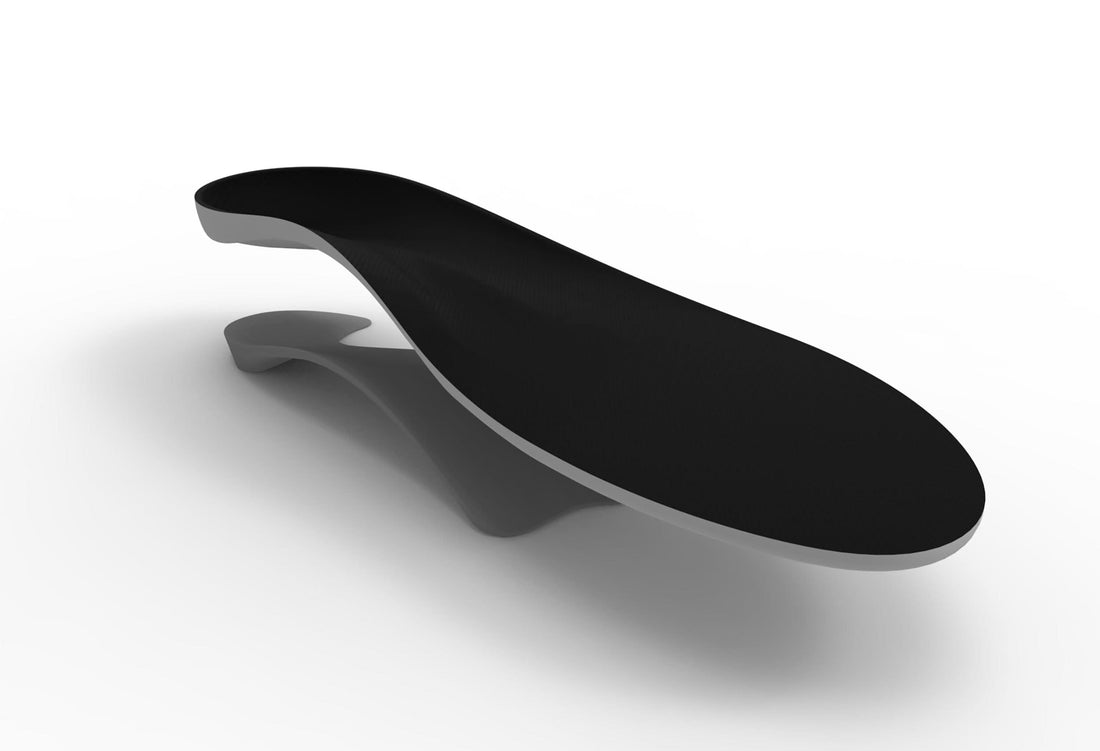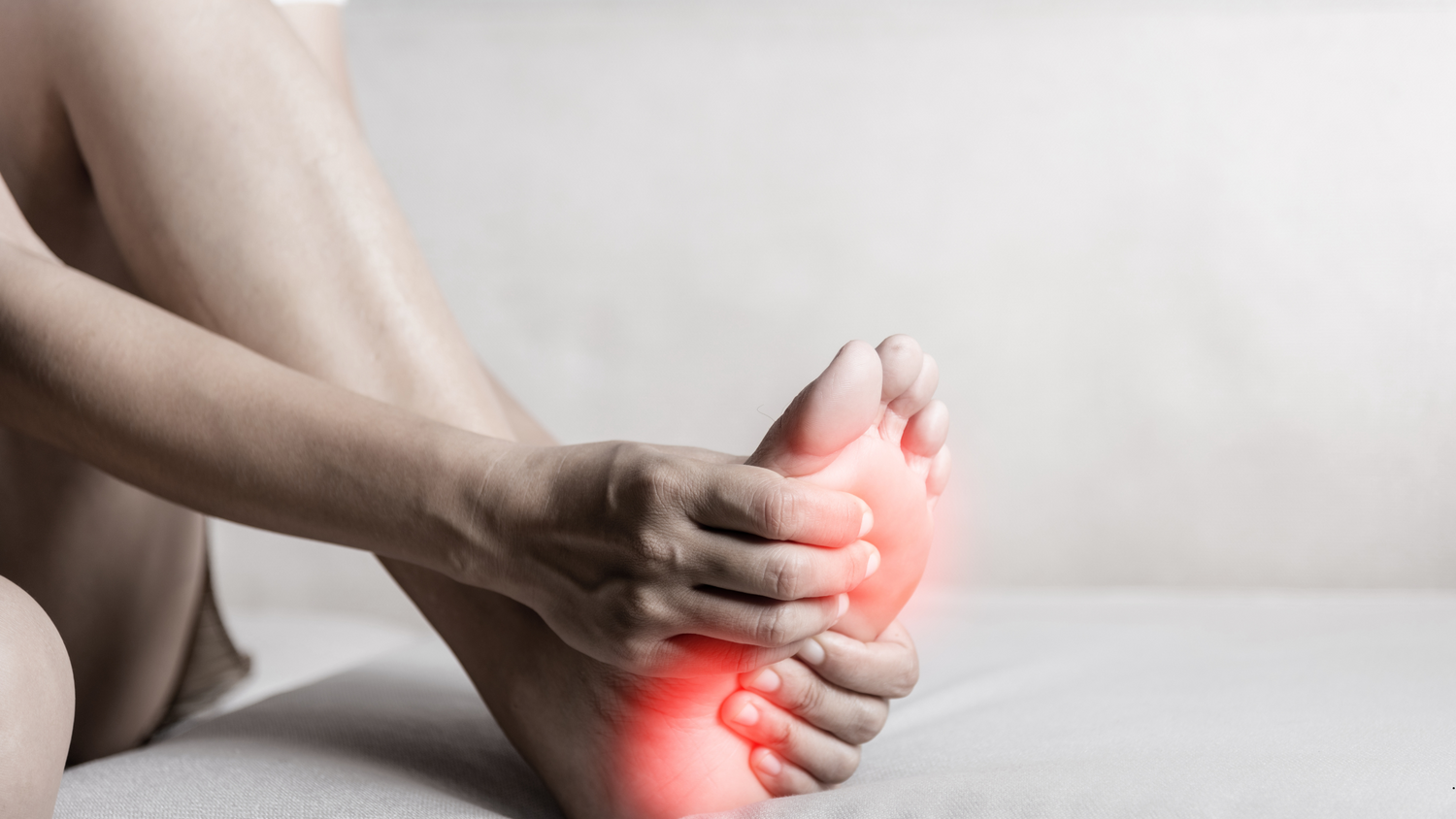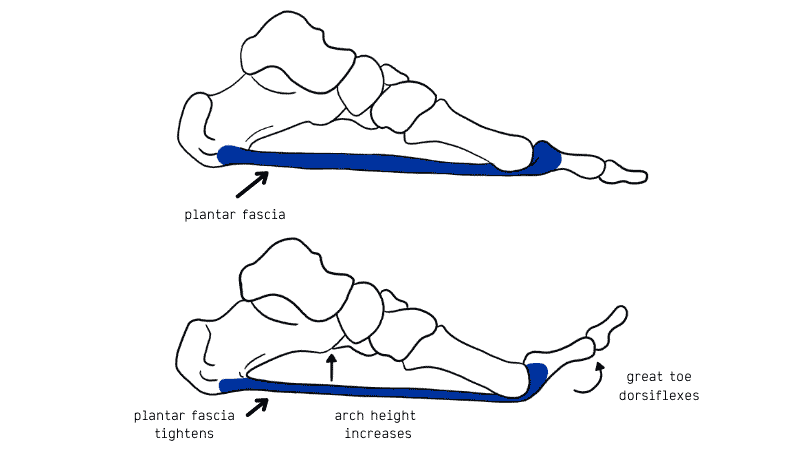If the amount of movement in the sagittal plane is greater than that in the transverse plane the patient will tolerate orthotic therapy.
Navicular Drop – Sagittal
With the patient a normal base of gait, place the foot into subtalar joint neutral position.
The plantar excursion of the navicular in the sagittal plane is measured as the foot moves into resting position (10 mm or less considered normal -Brody, 1982)
Navicular Drift – Transverse
With the patient in normal base of gait, place the foot into subtalar joint neutral position. The medial excursion of navicular in the sagittal plane is measured as the foot moves into resting position.[
Orthotic Implications
If the majority of movement is in the sagittal plane, then orthoses can be prescribed, therapy is generally tolerated.
If the majority of movement is in the transverse plane – orthoses are seldom tolerated. If orthoses are given, they would have a low arch and a high heel cup to prevent excessive lateral movement.
Navicular Drift and Drop Test provides an indication as to whether a patient can tolerate orthotic treatment.
About Interpod’s Biomechanical Tests
Interpod utilises the most current biomechanical tests to aid with orthotic prescription. The following relevant biomechanical tests will help practitioners maximise patient outcomes.
The purpose of a biomechanical test is to determine if patient symptoms are mechanical in nature or whether they are caused by other factors such as illness. The results of a biomechanical test can be used to highlight the pathomechanics of patient symptoms. In addition, they can be used to determine the most appropriate orthotic and possible orthotic additions if required.


